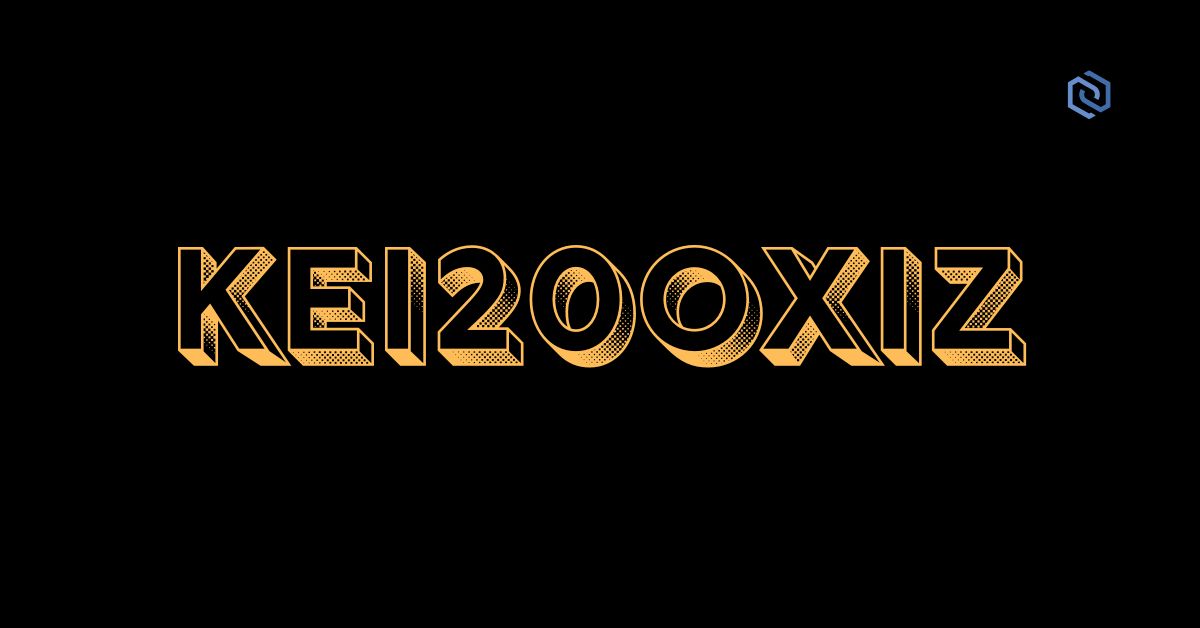In today’s fast-paced world, gathering feedback and insights is more critical than ever. Businesses rely on survey tools to understand their customers’ needs, preferences, and experiences. Among the myriad of options available, Raterpoint stands out as a modern solution tailored for evolving market demands. But how does it compare to traditional survey tools that have been around for years?
This article will delve into the key differences between Raterpoint and conventional survey methods. Understanding these distinctions can help you make informed choices about which tool suits your specific requirements best. Whether you’re looking for streamlined data collection or insightful analytics, exploring both options could lead you to valuable answers about your audience’s sentiments and behaviors. Let’s dive in!
The purpose and benefits of using survey tools
Survey tools serve a vital role in gathering insights from your audience. They allow businesses to understand customer needs, preferences, and pain points effectively.
By collecting feedback, organizations can adapt their strategies for better engagement. This leads to improved products or services that resonate with users.
Using survey tools streamlines the data collection process. Instead of labor-intensive methods like focus groups, surveys offer quick and efficient ways to gather information at scale.
Moreover, these tools provide valuable analytics. Users can visualize results through charts and graphs, making it easier to derive actionable insights.
Employing survey tools fosters a culture of continuous improvement within companies. By regularly checking in with customers or employees, businesses remain agile and responsive in an ever-changing market landscape.
Key features and functionalities of Raterpoint
Raterpoint stands out with its intuitive interface, making survey creation a breeze. Users can easily design surveys tailored to their specific needs without requiring advanced technical skills.
The platform offers real-time analytics, allowing you to monitor responses as they come in. This feature helps businesses make informed decisions quickly based on the latest feedback.
Customization is another highlight of Raterpoint. You can modify themes and layout options, ensuring your surveys align with your brand identity.
Moreover, Raterpoint supports various question types—from multiple choice to open-ended questions—providing flexibility in how you gather insights.
Integration capabilities are also impressive; it works seamlessly with popular CRM tools and other software systems, enhancing efficiency in data collection and management.
Key features and functionalities of traditional survey tools
Traditional survey tools have been a staple in data collection for decades. They typically offer various question types, including multiple-choice, open-ended, and rating scales. This flexibility allows researchers to gather diverse insights.
User interface is often straightforward. Many platforms provide templates to help users design surveys quickly. Customization options can vary but usually include branding elements such as logos and colors.
Data analysis features are also essential. Traditional tools often come with built-in analytics that allow for basic interpretation of results through charts and graphs. Exporting data into other formats like Excel or CSV enhances usability for further analysis.
Moreover, these tools frequently support offline capabilities, enabling researchers to collect responses without an internet connection—a crucial feature in remote areas or during field studies where connectivity isn’t guaranteed.
Differences between Raterpoint and traditional survey tools
Raterpoint stands out in several ways compared to traditional survey tools. One significant difference lies in its real-time feedback capabilities. While many conventional tools require lengthy setups, Raterpoint enables instant responses that capture user sentiments as they occur.
Moreover, Raterpoint leverages advanced analytics features. It provides deeper insights into consumer behavior through AI-driven data analysis, helping businesses make informed decisions quickly.
Customization is another area where Raterpoint excels. Users can tailor surveys with ease, creating experiences that resonate more effectively with their audience. Traditional tools often offer limited customization options and rigidity in design.
Accessibility also plays a role; Raterpoint functions seamlessly across various devices and platforms without the burden of extensive training sessions typically associated with older survey systems. This ensures a smooth experience for both creators and respondents alike, making it an attractive choice for modern businesses seeking agility and efficiency.
When to use Raterpoint vs traditional survey tools
Choosing between Raterpoint and traditional survey tools depends largely on your specific needs. If you’re looking for in-depth feedback that captures real-time insights, Raterpoint shines with its innovative features.
For projects requiring quick data collection without complex analysis, traditional survey tools may be the better choice. Their straightforward functionality is ideal for simple surveys or one-off campaigns.
When engaging audiences frequently, Raterpoint’s dynamic capabilities can enhance interaction and response rates. On the other hand, if you require a familiar interface for basic feedback, sticking to tradition might suit you well.
Consider your audience too. Tech-savvy participants may appreciate Raterpoint’s advanced options. Conversely, less experienced users could find comfort in using established survey methods they already know. Each tool has its place; understanding these nuances will guide your decision-making effectively.
Conclusion and recommendations for choosing the right tool for your needs
When deciding between Raterpoint and traditional survey tools, it’s essential to consider your specific needs. Raterpoint offers modern features that cater to dynamic feedback collection. Its real-time analytics and user-friendly interface can be particularly beneficial for businesses looking for immediate insights.
On the other hand, traditional survey tools may still hold value, especially for straightforward projects or organizations familiar with their functionalities. They often come at a lower cost but might lack some of the advanced features offered by newer platforms like Raterpoint.
Evaluate what you need from a survey tool: Is it speed? Flexibility? Comprehensive analysis? Your choice should align with those priorities. Consider not just the present requirements but also future growth and adaptability as your organization evolves. Whichever option you choose, make sure it supports your goals effectively and enhances your decision-making processes in meaningful ways.





